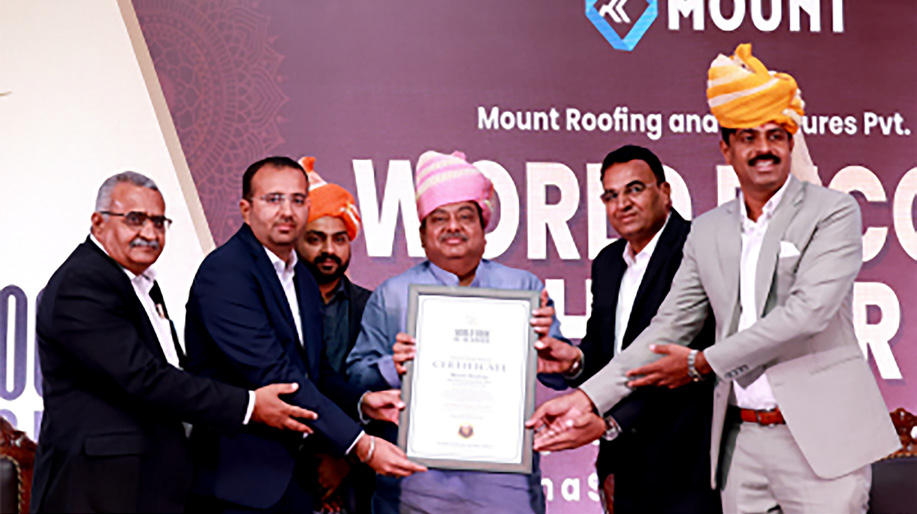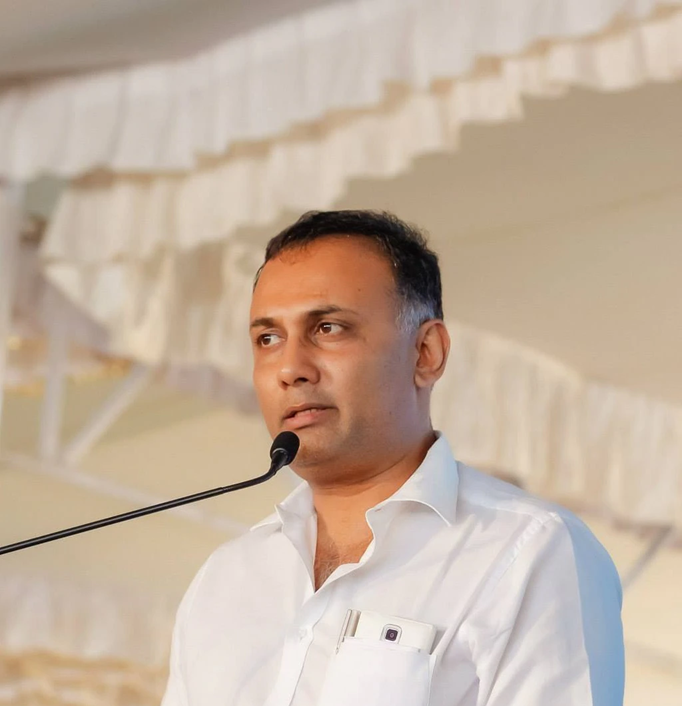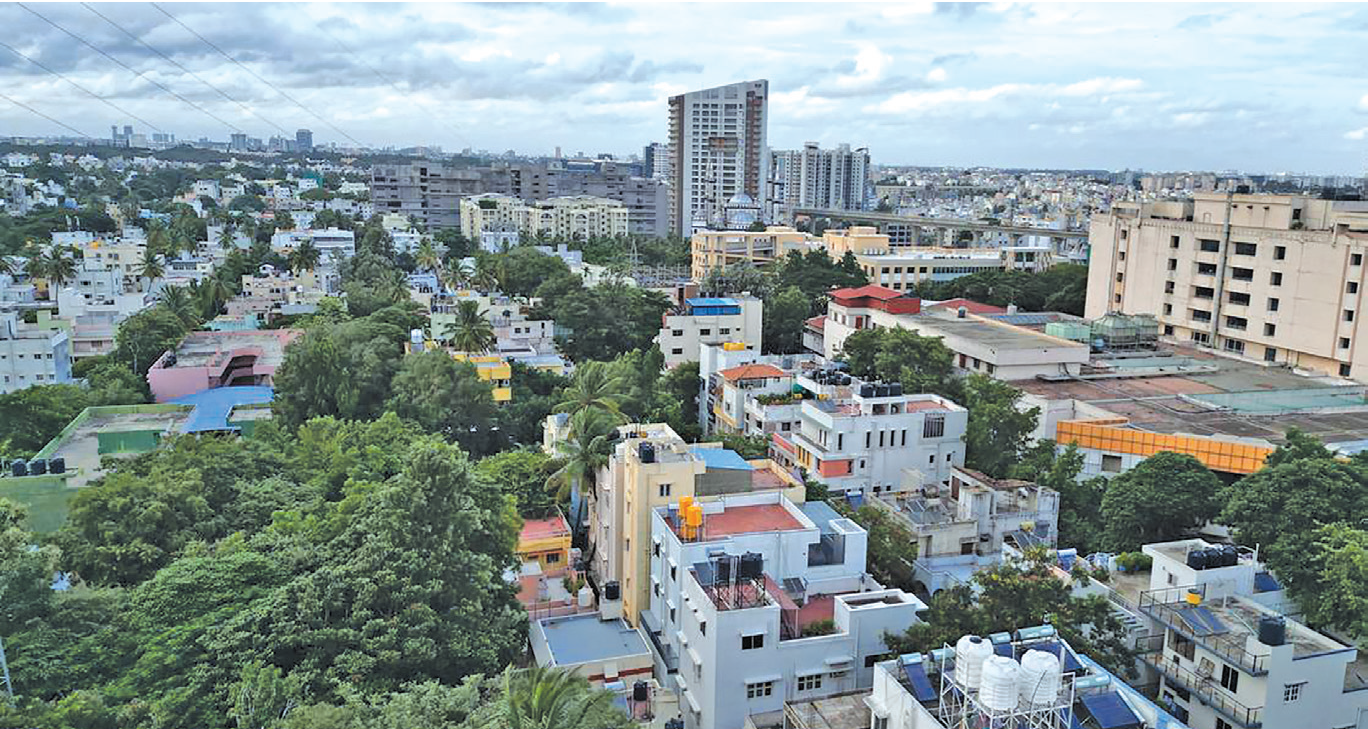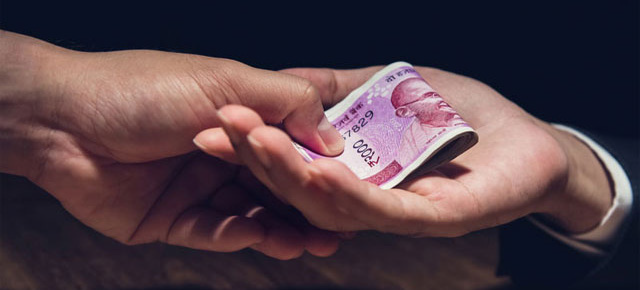
Why Eid ul Fitr is celebrated after sighting the new moon
By MA Siraj
What is Eidul Fitr?
Islam prescribes two festivals, One is Eidul Fitr and the other is Eidul Azha. Muslims around the world celebrate Eidul Fitr on the conclusion of the fasting month of Ramazan which is the 9th month of Hijri calendar, the official calendar of Islamic religion. The first day of 10th month Shawwal is designated as the day of Eidul Fitr. All months of Islamic calendar begin with the sighting of the new moon on the eastern horizon. It is called crescent. Typically a lunar month has either 29 or 30 days. The Muslims are supposed to sight the new moon after breaking the fast on the 29th day of Ramazan. If the moon is sighted, it heralds the Eidul Fitr. If it is not sighted after 29 th fast, they can observe one more day of fast thereby completing 30 fasting days and celebrate Eidul Fitr on the subsequent day.
What is the significance of Eidul Fitr?
Eidul Fitr is a day of thanksgiving after completion of the fasting month, which is a month of spiritual regeneration and piety. The faithful keep away from food and drink from dawn to dusk, engage themselves in acts of piety and charity and offer long prayers during evenings. Fasting constantly reminds them of their commitment to keep away from all kinds of vices. On the day of Eidul Fitr, they thank God for having blessed him with yet another opportunity to refine himself.
What rites and rituals are observed for this festival?
It has two principal elements. Before proceeding to Eid prayer ground (called Eidgah), an individual has to donate money to the poor and needy equivalent to the ruling price of 1.75 kg of wheat or twice that much of barley. In today’s terms it will work out to Rs. 75 for each individual. The household head is supposed to take out Rs. 75 for himself and on behalf of every single individual in the family dependent on him and donate it to the needy and the indigent in the town, village or locality he resides. This donation is called ‘Fitrah’ in Arabic, hence the name Eidul Fitr. This has been prescribed in order that even the poor and the needy are included in the celebration.
Second, Muslims are advised to gather in open ground (Eidgah) for a congregational prayer (namaz) after the daybreak. It is led by an imam followed by a short sermon. These (namaz plus sermon) normally take around 40 minutes. If open grounds are not available, or it is raining, this could as well be performed within mosques. Following prayers, the congregants greet each other with Eid Mubarak.
Are any particular cuisines or dishes prescribed?
No. The holy Prophet merely advised preparation of some sweet dishes. In the Indian subcontinent, sheer khurma is one such popular dish. It is prepared by boiling sewaiyan (vermicelli) in milk and added with sugar and dry fruit. During the day, most households would prepare mutton biryani as the principal dish and invite friends and acquaintances to partake in it.
 English daily published in Bengaluru & Doha
English daily published in Bengaluru & Doha






